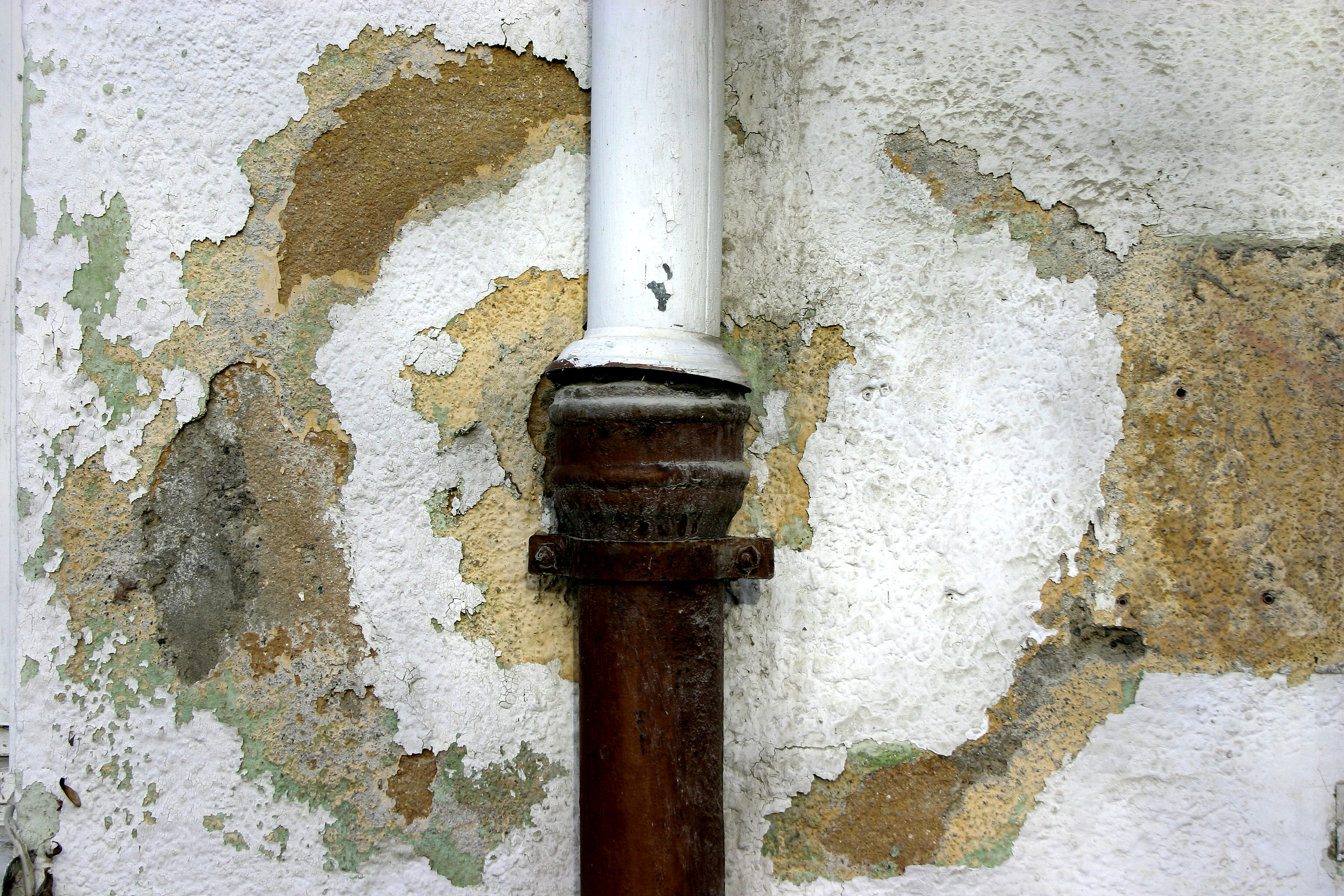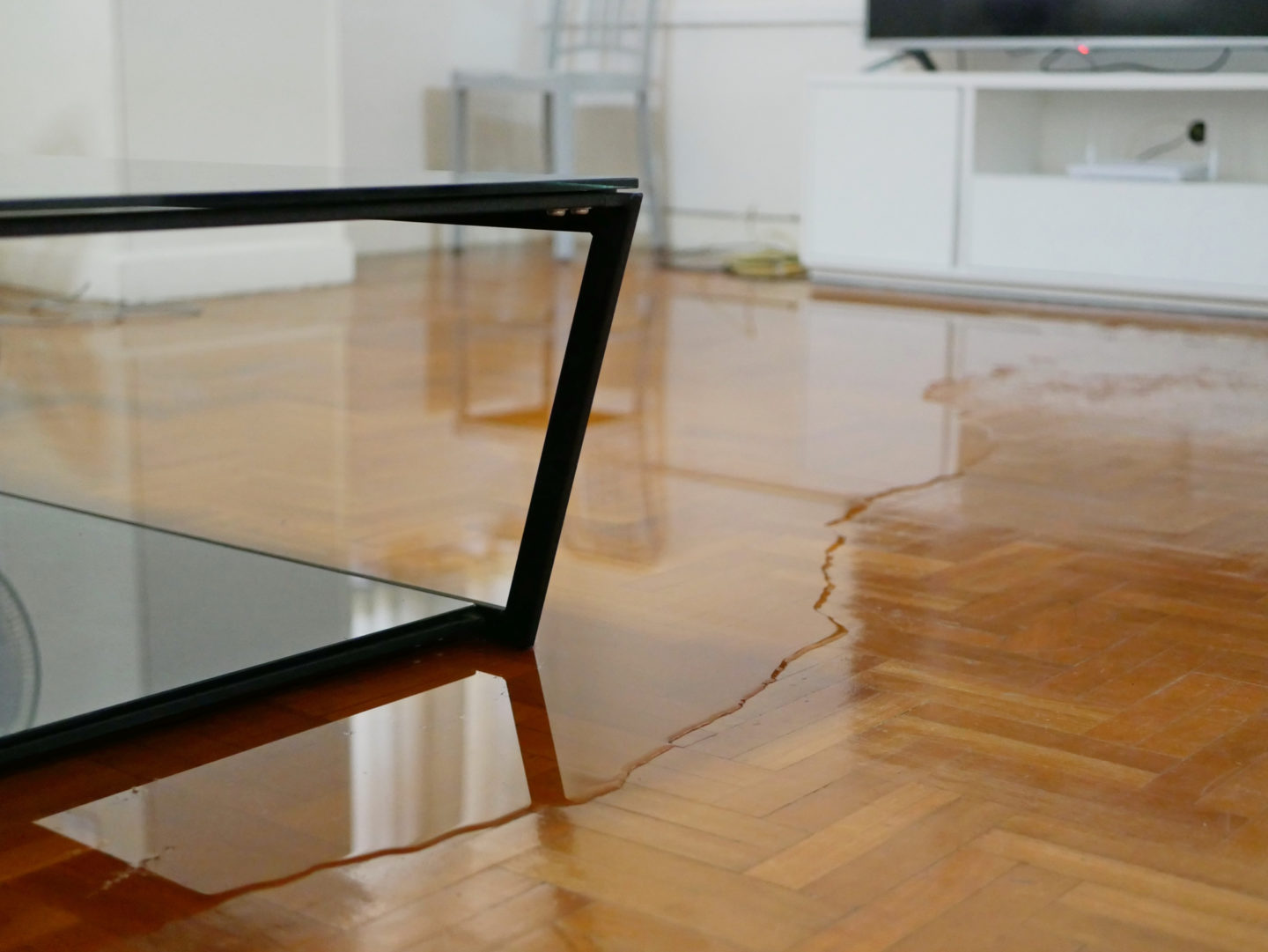Here down the page you can discover some high-quality details regarding Reducing Your Risk Of Water And Fire Damage At Home.

Though water gives life, water breach on components where it's not expected to be can cause damages. If the water saturates into your structure, it can peel away surface areas and also deteriorate the foundation. Mold and mildew and also mildew likewise thrive in a damp environment, which can be hazardous for your health. Residences with water damages odor stuffy as well as old.
Water can originate from lots of resources such as hurricanes, floodings, ruptured pipelines, leaks, and sewer issues. In case you experience water damages, it would be good to know some safety and security preventative measures. Below are a few guidelines on exactly how to handle water damages.
Do Prioritize Residence Insurance Policy Insurance Coverage
Water damage from flood because of heavy winds is seasonal. You can additionally experience an unexpected flooding when a damaged pipe all of a sudden bursts right into your residence. It would be best to have home insurance coverage that covers both disasters such as all-natural catastrophes, and also emergency situations like busted plumbing.
Do Not Neglect to Turn Off Energies
In case of a calamity, specifically if you stay in a flood-prone area, it would be recommended to turn off the main electric circuit. This removes power to your whole house, preventing electric shocks when water can be found in as it is a conductor. Additionally, don't forget to switch off the primary water line valve. Furnishings will relocate around and also cause damages when floodwaters are high. Having the main valve shut down protects against further damage.
Do Remain Proactive and Heed Weather Condition Alerts
Listen to evacuation cautions if you live near a creek, lake, or river . Doing so decreases possible residential property damage.
Do Not Neglect the Roof
You can stay clear of rainfall damage if there are no holes and also leakages in your roofing. This will prevent water from moving down your walls and saturating your ceiling.
Do Focus On Little Leakages
A ruptured pipeline doesn't occur overnight. You may discover bubbling paint, peeling off wallpaper, water touches, water stains, or dripping sounds behind the wall surfaces. Have your plumbing fixed before it results in enormous damage.
Do Not Panic in Case of a Ruptured Pipe
Keeping your clearheadedness is essential in a time of dilemma. Since it will suppress you from acting fast, worrying will only worsen the issue. When it comes to water damage, timing is key. The longer you wait, the even more damage you can expect. Hence, if a pipeline bursts in your home, immediately shut down your primary water shutoff to cut off the resource. Disconnect all electrical outlets in the area or transform off the circuit breaker for that part of the home. Call a trusted water damages reconstruction specialist for support.
Water provides life, water invasion on parts where it's not expected to be can result in damage. Homes with water damages scent mildewy as well as old.
Water damage from flooding fees to hefty winds is seasonal. You may observe bubbling paint, peeling wallpaper, water touches, water spots, or leaking sounds behind the wall surfaces. When it comes to water damages, timing is essential.
Some Do's & Don't When Dealing with a Water Damage
DO:
Make sure the water source has been eliminated. Contact a plumber if needed. Turn off circuit breakers supplying electricity to wet areas and unplug any electronics that are on wet carpet or surfaces Remove small furniture items Remove as much excess water as possible by mopping or blotting; Use WHITE towels to blot wet carpeting Wipe water from wooden furniture after removing anything on it Remove and prop up wet upholstery cushions for even drying (check for any bleeding) Pin up curtains or furniture skirts if needed Place aluminum foil, saucers or wood blocks between furniture legs and wet carpet Turn on air conditioning for maximum drying in winter and open windows in the summer Open any drawers and cabinets affected for complete drying but do not force them open Remove any valuable art objects or paintings to a safe, dry place Open any suitcases or luggage that may have been affected to dry, preferably in sunlight Hang any fur or leather goods to dry at room temperature Punch small holes in sagging ceilings to relieve trapped water (don't forget to place pans beneath!); however, if the ceiling is sagging extremely low, stay out of the room and we'll take care of it DO NOT:
Leave wet fabrics in place; dry them as soon as possible Leave books, magazines or any other colored items on wet carpets or floor Use your household vacuum to remove water Use TV's or other electronics/appliances while standing on wet carpets or floors; especially not on wet concrete floors Turn on ceiling fixtures if the ceiling is wet Turn your heat up, unless instructed otherwise

Do you appreciate reading up on Reducing Your Risk Of Water And Fire Damage At Home? Try to leave a review down below. We would be delighted to hear your opinion about this blog posting. We hope that you come back again in the future. Those who appreciated our page if you please make sure you remember to share it. Thanks a lot for your time spent reading it.